Survival Water Purification: 7 Practical Ways to Quench Your Thirst in The Wild
You are a true survivor who has to avoid recklessness. That’s why you need to be aware of how survival water purification is done. When we are thirsty, we are tempted to drink any type of liquid that we clearly know is not good for us.
If you overcome that instinct, then you should consider any source of water as being polluted. You must stay strong and think about how many inorganic and organic threats could be found in it, not to mention heavy metals, halogens and living organisms, such as bacteria and viruses.
[the_ad_group id=”21″]
Even if, the water you find may seem clean, it could be contaminated. That’s not a risk you can take, especially if you are so deep in the wilderness that you won’t get to civilization in less than two days.
Among the health threats are cholera, typhoid fever, dysentery, enteritis, and hydatid cyst. So, here are a few water purification methods applicable in the wild that will help you survive.
How to Drink Pure Water In The Wilderness
Obtaining pure water in the wilderness involves following multiple survival water purification methods. It would be ideal for you to go through all the suggested processes, but you could also make it by using at least two. Depending on how prepared you leave home, you’ll quench your thirst in less than 10 minutes or up to 2 hours.
What’s equally important to drinking pure water is avoiding exhaustion while you purify it. Try to stay calm, out of direct sunlight and then proceed.

In order to drink pure water in the wilderness, you’ll need to first filtrate it. This process helps you get rid of any impurities. Next comes the disinfection phase that consists in boiling the water and treating it with various water purification tablets or even a silver ring or necklace that you happen to wear at the moment.
If you want to rule out chemical treatments that have to be purchased prior to your trip or even natural hazard, then you still don’t have to worry because there are ways to obtain potable water without them.
Use our own clothes to filter water
This step isn’t optional. If you think a little rust, sand, dust or rock will not bother you, you’re wrong. Let’s say you’re boiling water without filtering it. The bacteria and viruses covered in dust and sand will not be killed because they are protected. That’s why it’s really important for you to remove impurities. They are not whims.
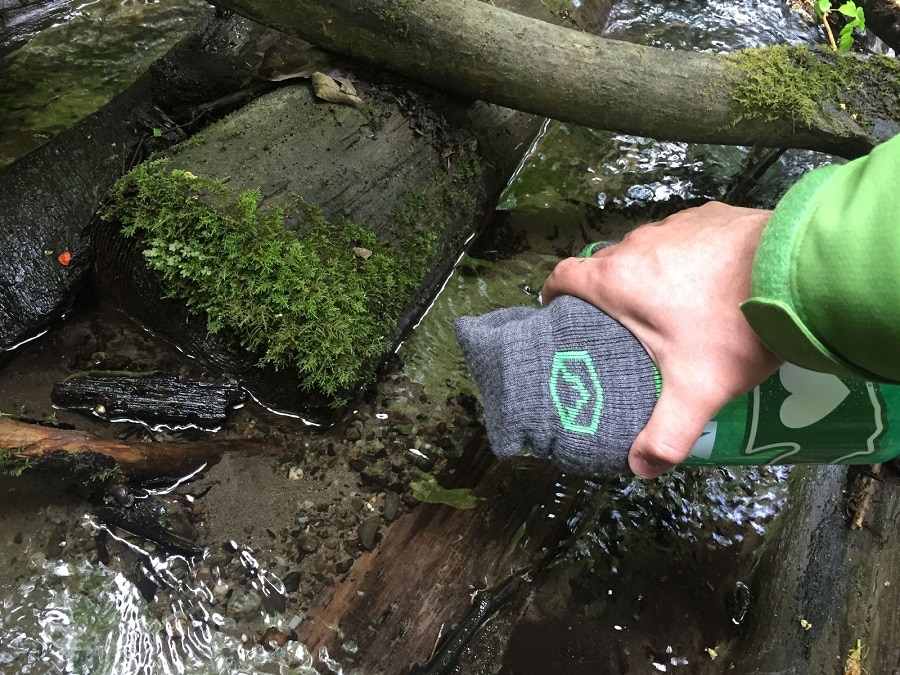
Maybe some individuals have survived even after drinking gasoline, but they were exceptions. Therefore, you’ll need a piece of cloth and a recipient. In case you don’t have anything but your clothes on, search for tree bark shaped in such way that can hold water or use any type of water resistant material you might have on you.
What you need to do is to filter the water found in streams, rivers and lakes with the help of a piece of cloth. This process involves taking water and pouring it over the cloth slowly while waiting for it to drain into the container below. If the resulted water doesn’t seem clean or it is muddy and unsettled, then you must repeat the process.
Don’t try to do this in large quantities. Quench your thirst first and then proceed to gathering supplies. If you notice that the cloth doesn’t retain enough impurities, try folding it a couple of times. Remember to do this calmly because dehydration is your worst enemy even with a source of water by your side.
Make your own water filter
Making your own water filter is easier than you might think. What you’ll need is ideally a plastic bottle, but if you don’t have any, look for a birch tree. Birch bark is perfect for making a cone. However, you’ll need rope or something else to keep it in place. If you’re using a bottle, you have to make a couple of holes in the stopper. Conversely, if you make a cone, then the thinner side must have a small opening.

Other needed items: cloth or grass mesh, sand, gravel and charcoal
Sand and gravel should be fairly easy to obtain. When it comes to charcoal, it goes without saying that you need to build a fire and take it from there. Use only gravel-sized charcoal, not the dust as well.
The order in which you have to place the elements in your plastic bottle or cone is:
- A piece of cloth or non-poisonous grass mesh. This layer will prevent impurities from getting away.
- It is considered nature’s way of purifying water.
- This element has the power to purify water as well.
- It is meant to prevent the mixture of sand and water from getting out.
Some survivalists place the charcoal over the grass mesh or cloth. That’s not wrong either.
When your filter is done, you have to pour water in it and use another container to collect the filtered and purified water. For more options, see our guide on other ways to purify your water to make it safe.
Disinfect the water by boiling it
Let’s assume that you have a canteen, a cup, a can, or other type of container that allows you to take this step. Boiling water is crucial because it removes bacteria and viruses. There is a whole science behind this step too, so don’t skip it!
[the_ad_group id=”22″]
What you need to know is that water boils at lower temperatures if your location is at an elevated altitude. This means that it will take a longer time for water to boil and kill all the microorganisms inside it than it normally would.
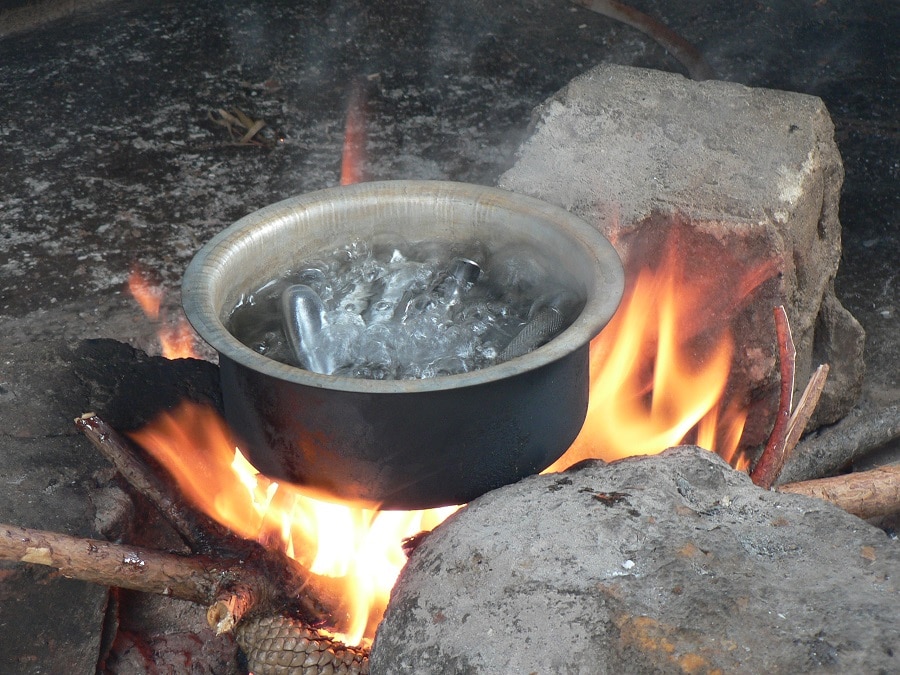
For example, bacteria are instantly killed at 180 degrees Fahrenheit. If the boiling temperature is 158 degrees Fahrenheit, then you have to leave the water on for 10 minutes. In normal conditions, 1 minute is enough for cysts to be killed.
Bonus instructions: Boil water without a pot
- Make a ground pot. If you don’t have any container in which you can boil water, you can do so in the ground. What you need to do is to dig a hole in the ground next to your water source. After taking some of it out, you’ll have to use your hands and make it water-tight by smoothing the surface.
You need the consistence of clay in order to do this. The improvised pot shouldn’t have weak spots like cracks because water could leak through them. Once that’s done, you need to find 20 to 25 dry rocks that are smaller than your fist. Next, build a fire on top of them and let it burn completely.
Make sure that you place the fire next to your improvised ground pot. Once the fire is to the point of ash, you must take the rocks and put them inside the hole, which you should previously fill with water. For that, you can use a hat if you have one or your two hands. As soon as you drop the rocks into the water, it will start boiling.
Be aware that this step requires filtration after boiling. Basically your water will be muddy, but at least it won’t have microorganisms crawling inside it. In order to take the impurities out, see the previous step. Look for a bamboo cane, a willow tree or even paper to make a paper box as water containers. - Use a plastic bottle. Maybe using a plastic bottle was out of your mind completely because plastic melts, right? Well, there’s a secret that will keep plastic from melting when placed inside the fire. The secret is to fill the bottle completely with water to the point where no air is left inside the bottle. Next, just place it on fire and leave it there for a few minutes.
Put your silver jewelry to use
Silver has the amazing capacity of destroying over 650 types of pathogenic microorganisms, viruses, bacteria, parasites and fungi in approximately 6 minutes. Water purification systems based on silver offer a safer and cheaper alternative to chlorine, a chemical which is harmful to human health.
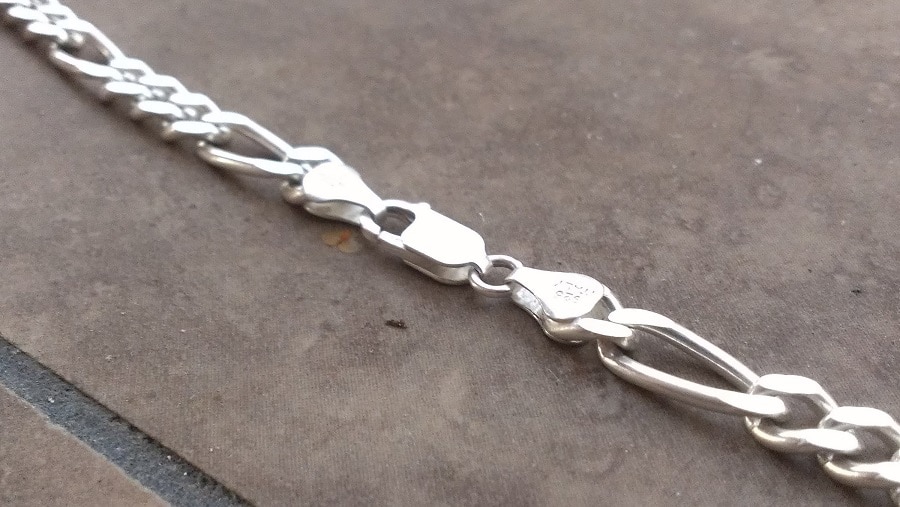
In addition, it might be at hand for you to use silver in the wilderness rather than purification tablets or chlorine. The quality of the silver jewelry you might have on you influences the purification time. If it’s pure silver, then it will work faster than less qualitative silver. Just to be sure, leave it inside a small water container for around 3 hours.
The water you’re planning to purify must be previously filtered. Keep in mind that these methods work together in order to result in water purification. Because there are multiple levels of purification, leaving one out might not generate the wanted results. Of course, if you simply don’t have the resources to follow all, 2 out of 3 are better than none.
Chemicals make water potable too
If it happens to have a first aid kit with you, then it surely contains iodine tincture. The standard concentration of iodine tincture is 5 drops per quart. However, if the water you’re trying to disinfect is not clear, then you have to double that amount. What you need to do next, is wait to this solution to take effect. This means that you can solve other problems for 30 minutes until you can safely drink the treated water.
One very important factor that no one talks about in case of chemical water treatments is temperature. Water below 41 degrees Fahrenheit will react differently to the iodine tincture that you add. So, you’ll have to wait one hour for it to be effective.
Conversely, the ideal water temperature for this procedure is 59 degrees Fahrenheit. You might not have a thermometer with you, but even so you should be able to figure out how hot or cold it really is.
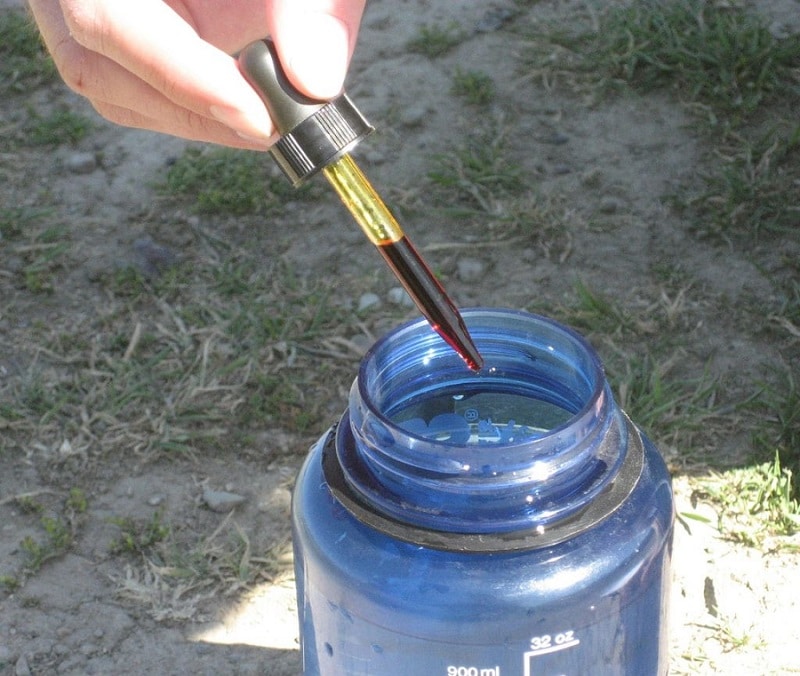
If you want to go prepared, then you can purchase iodine tablets online or from drugstores. However, you shouldn’t rely on them because you’ll have to use 3 per day to satisfy your thirst and you might run out. There’s the possibility of losing them as well, so taking the other methods into consideration is recommended.
The sun may work in your favor
Taking care of your water needs isn’t simple, not to mention taking care of more. One other way to kill those microorganisms found in water except boiling it is exposing it to direct sunlight. When you cannot keep boiling small quantities of water and you need more for family members or maybe injured friends, you can use this method.
What you need to do is find one or more recipients, fill them with water and leave them in a place where sun gets to them. For times when it’s sunny, leaving water out 1 day is enough. For when it’s cloudy, you have to wait 2 days.
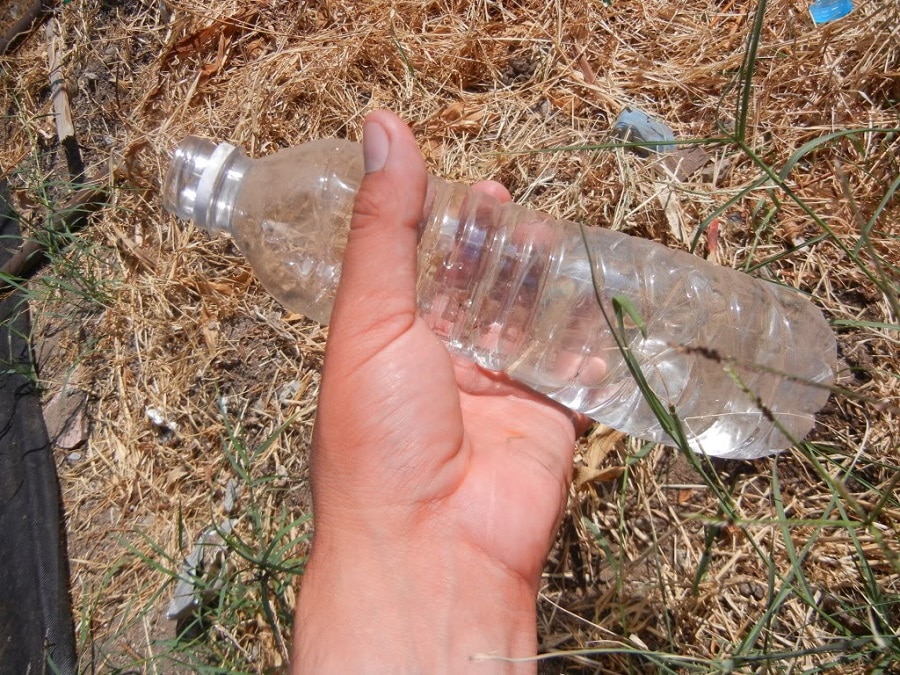
Some of it will evaporate and the waiting time is quite long, so you might have to apply other methods to take care of your immediate needs and then wait for the supplies. Don’t forget that not waiting enough means wasted time.
You might still get infected and deprive yourself of water for no reason in case you decide not to wait any longer. In addition, you should keep an eye on the recipients because small animals might overturn them by mistake.
The distillation technique for resourceful people
When you’re in a situation in which you’re forced to survive, you might not have all the needed items to get by. That’s why you have to be really creative and try not to panic when you are in such circumstances. You should know by now what you can use instead cups and pots, so the distillation technique shouldn’t seem too difficult to you anymore. This technique is based on evaporating water.
What you’ll need is:
- lot of sunlight
- a cup
- a bowl
- water
- a clear wrap
- a rock or a heavy object
While you might easily get all the needed items, the clear wrap might be tricky to obtain. Well, instead of that you could use a transparent bag or a layer of thin, water-resistant material. Pretty much anything that would contribute to sweat is good.

Step by step, this technique involves placing the cup inside the bowl, putting water in the bowl, covering it with clear wrap and placing a piece of rock on top of the place where is cup is situated. The clear wrap has to seal this bowl, keeping the air out of it. When water evaporates, it will be led to the middle of the bowl and drops of clean water will be caught in the cup.
See also: Best Gravity Water Filter: Use The Force, Luke!
This method takes a lot of time and it is kind of hard to apply. However, it is an alternative to all the other ones, assuming that you simply can’t make a fire or it somehow isn’t recommended. Surviving is about getting by in any type of situation, so keeping this technique on your list can’t hurt.
Practice Makes Perfect
While you might feel that you’re now prepared to purify water found in the wilderness and think nothing can stand in your way, things might be a little different. In order to purify water, you have to find a water source and, to succeed in all 7 ways.
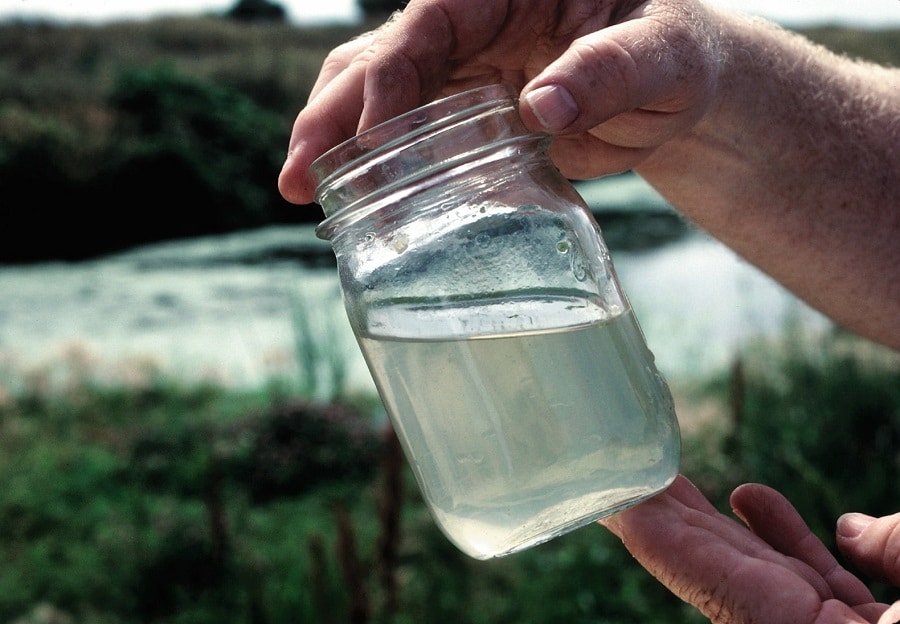
Places where you can find water aren’t only rivers, lakes and streams. You may collect rain water and dew or dig a hole in case you discover a muddy area. Often animals and insects will lead you to a water source if you pay enough attention to them.
Best case scenario you are not close to dying when you find water, but if you are, that’s no time for experiments.
[the_ad_group id=”23″]
That’s why you should practice all the methods described above. You can go camping and test them out or if you can’t, try to recreate the environment of the wild in the comfort of your home.
Hydration in Its Purest Way
As you know, water is the second most important source of life for us, as humans if we include air too. Without it, no one can survive longer than 5 days regardless of how well he or she tries not to lose a drop until help arrives.
Therefore, developing water purification skills in not so friendly conditions is an asset not only for you, but also for the people that accompany your or for the pets that you decide to take along.
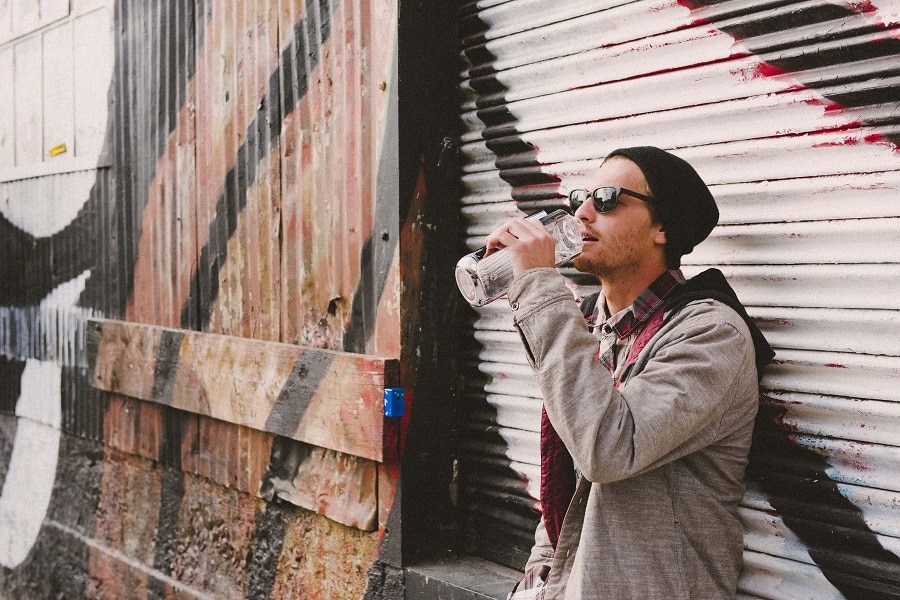
You are well aware of how to purify water on multiple levels now, but you also have to go prepared. Nature might provide certain means of survival. However, they might not be enough. Remember to take a first aid kit, iodine tincture, water bottles, cups, bowls and other survival items that will contribute to your well-being until you get to safety. Check out our tips on how best to purify water to keep it safe to drink for more insight.
Knowledge is power in the wild too so, in conclusion keep your water pure and your mind sharp!

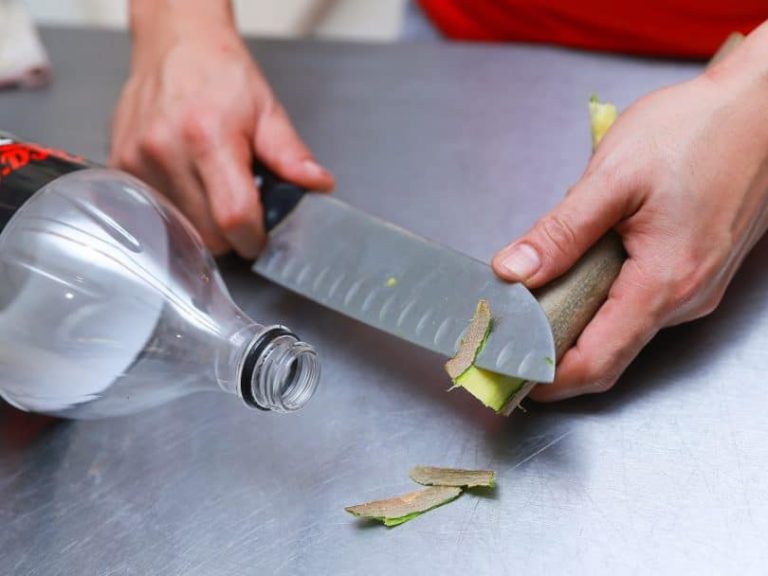


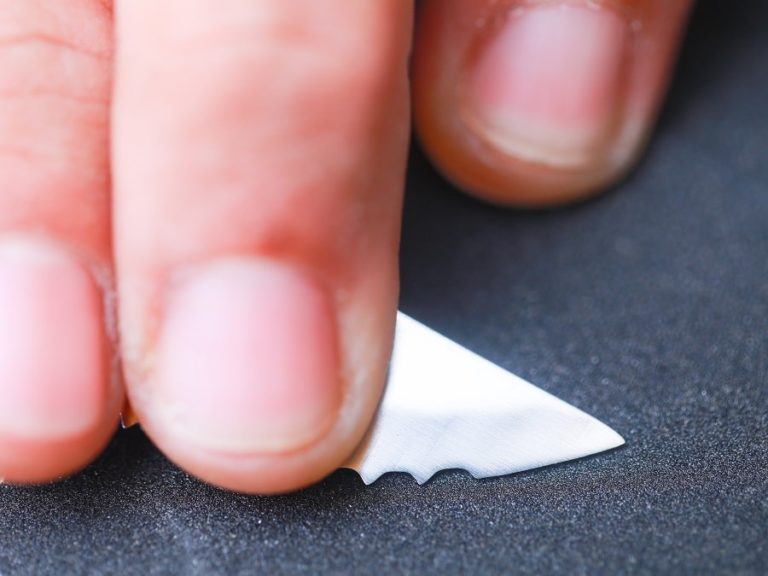

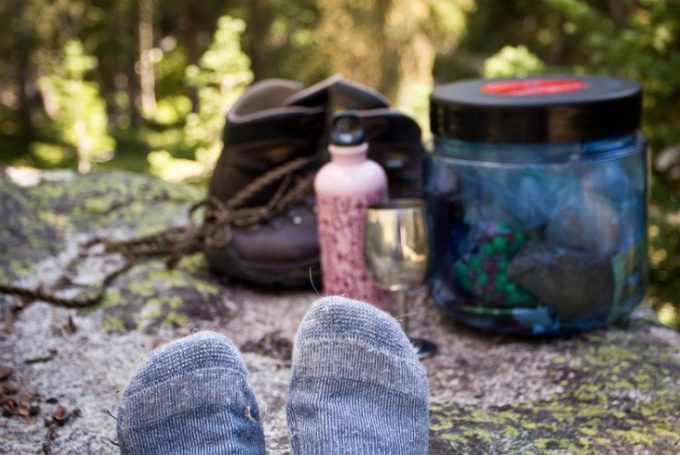
There is one oldest known way to disinfect water is to add items of natural origin or plant to water without boiling it. If we talk about plants, must use those natural antiseptics, and are used in official medicine. These are like chamomile, celandine, raspberry, cranberry, and others. Separately to say about the celandine, it has some of the iodine, and its acrid bright yellow-orange color juice destroys all pathogens.
Water purification and utilization of plants are to of the handiest things you should learn should you immerse yourself in the outdoor and backpacking experience. In addition, thanks for sharing some good information about celandine and how important it is to be separated from other plants.
I’ve always been using portable water filter in the wilderness and I never actually thought about this. The step-by-step guide is awesome that it seems like almost anyone can do it even if it actually requires full-packed knowledge about some science and skills.
It is never too late to learn new things, James. We are happy to help our friends and co-enthusiasts to improve their backpacking and wilderness experience in the best way possible. It doesn’t require rocket science to purify water. As long as you know the important principles of water purification, you’re good to go.